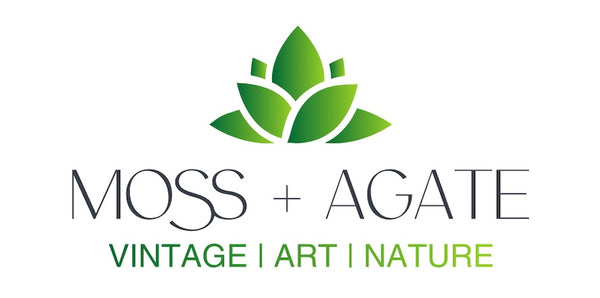Vintage milk glass items range from tiny jewelry dishes to large punch bowls. These items, popular from the 1830s to the 1980s, come in opaque white, blue, pink, and green shades. Whether you're interested in a minimalist collection of petite vases or a complete set of everyday dinnerware, milk glass offers a diverse array of options.

The process of making milk glass dates back to ancient times, with opaque white glass becoming popular in the 19th century. Early manufacturers used arsenic and later additives like tinoxide and feldspar to achieve the distinctive white hue. The United States played a significant role in glass production in the 1820s, introducing machinery to press molten glass into metal molds.
Milk glass initially appealed to the expanding middle class as an affordable substitute for luxurious tableware. Manufacturers imitated designs from prestigious companies like Wedgwood and Spode, incorporating iconic patterns such as diamonds, hobnails, leaves, and grapes.
The popularity of milk glass varied over the years, with different forms emerging in different eras. Victorian-era items included bowls, compotes, dresser sets, toothpick holders, smoke sets, covered hens, and mustard containers. In the 1950s, tableware, candles, vases, and other pieces gained prominence.

Today, sought-after milk glass collectibles include covered animal dishes, floral trade vases, and pieces with the hobnail pattern. Collectors often focus on items from either the Victorian era (1870-1910) or the 1950s. These items can be found at flea markets, antique stores, and online platforms.
Determining the value of milk glass depends on factors like age, color, and manufacturer. While older pieces may be rarer, the introduction of colored milk glass in the mid-20th century has increased demand for these unique items. Identifying the manufacturer can be challenging, as few marked their glass, and production information is often scarce.
Authentication involves confirming the opacity of the glass, but connecting pieces to specific manufacturers or timeframes can be difficult. Reference books, education about collecting, and attending glass shows can help new collectors navigate the market. Some older milk glass may contain lead and produce a ringing sound when tapped.
Caring for antique milk glass is relatively simple, with handwashing recommended for unpainted pieces. Milk glass is sturdy and food-safe, designed for daily use. Displaying these items for decorative purposes is common, with collectors showcasing large collections against accent walls or in natural light to enhance their magical appearance.
At moss + agate, we offer a wide-array of milk glass pieces ranging from the Victorian era to the 1960's. We have compotes, pedestal candy dishes, bowls, plates, trinket dishes, goblets, luncheon sets, cookware, and much, much, more!

